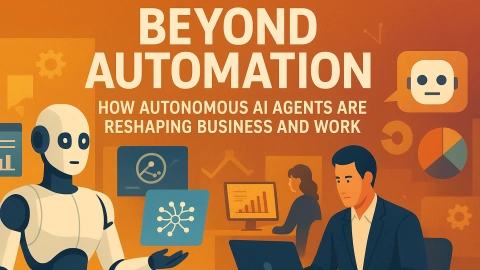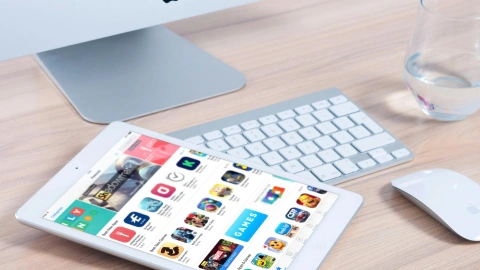AI / Detail
Subscription Fatigue? How to Choose SaaS That Delivers Real ROI
Michael Jack | 31 July 2025 | 16:54
SaaS tools have made it easier than ever to run a business, collaborate remotely, or automate tasks. But in 2025, many professionals are starting to feel overwhelmed by the growing list of monthly charges in their inbox. This is what many now call subscription fatigue.
From $10 design tools to $200 enterprise dashboards, subscriptions can add up quickly. What started as a way to save time and money may now feel like a drag on your bottom line. The solution is not to cancel everything, but to make smarter choices about which software delivers real return on investment.
Here is how to choose and manage your SaaS stack without falling into the trap of shiny tools that gather dust.
What Is Subscription Fatigue?
Subscription fatigue is when users feel mentally or financially drained by managing too many software services. It is not just about the cost, but also the effort of remembering what each tool does and whether it still adds value.
According to a 2024 Gartner survey, nearly 60 percent of small business owners admitted they were paying for at least one SaaS tool they had not used in the past 60 days.
Step 1: Audit Your Current Tools
Before choosing new software, take stock of what you are already using. List every tool and ask:
- What is it used for?
- Who on the team actually uses it?
- Is there overlap with other tools?
- Is it still worth the price?
Cancel or downgrade anything that no longer serves a daily or weekly purpose.
Step 2: Clarify the Problem Before Finding a Tool
Instead of asking what is trending, ask what is broken. A good tool should fix a bottleneck, not create a new learning curve.
For example:
- Struggling with missed meetings? You need a scheduling app.
- Losing track of project files? You need better cloud storage and organization.
- Spending hours on invoices? Try an automated accounting tool.
When the problem is clear, the value of the solution becomes measurable.
Step 3: Look for Consolidation Opportunities
Many SaaS platforms now offer bundled features. Choosing a tool that solves multiple problems can reduce cost and complexity.
Examples:
- Zoho One includes CRM, email marketing, and HR tools in one suite
- ClickUp combines task management, docs, goals, and chat in one workspace
This helps avoid the trap of using ten different tools that do not talk to each other.
Step 4: Prioritize Integration
A tool that does not integrate with your workflow will be abandoned. Make sure the software you choose can connect with your calendar, email, storage, or CRM systems.
Look for platforms that work with:
- Google Workspace or Microsoft 365
- Slack or Teams
- Zapier or Make for automation
Seamless integration is often more important than unique features.
Step 5: Test the Tool with Real Tasks First
Most SaaS platforms offer free trials. Use this time to test how the tool performs with actual tasks, not just demos.
Evaluate based on:
- Time saved
- Clarity gained
- Errors reduced
- Collaboration improved
If possible, assign one team member to lead the test and gather feedback.
Step 6: Review Quarterly for ROI
Just like a budget or marketing campaign, your software stack should be reviewed regularly. At least once a quarter, ask:
- Is this tool still solving a problem?
- Is it saving or costing me time?
- Can we upgrade, downgrade, or replace it?
Keeping your SaaS lean and focused is part of staying competitive.
Expert Insight
"People do not cancel tools because they are bad. They cancel because they stop seeing the value," says Dev Malik, a SaaS optimization advisor. "The most successful small teams treat software like a team member. It needs to earn its place."
Call to Action:
Take 30 minutes to audit your active subscriptions. Drop what is not working, double down on what is, and keep your tools accountable. The right SaaS stack should help your business grow, not weigh it down.
Related
-

Invisible Computing and the Rise of Smart Glasses: Market Dynamics, Strategies, and Challenges Ahead
AI22 August 2025
-

AI and Biotechnology Convergence: Shaping the Future of Precision Medicine
AI21 August 2025
-

Synthetic Humans and Real Interaction: A Comprehensive Exploration
AI20 August 2025
-

Beyond Automation: How Autonomous AI Agents Are Reshaping Business and Work
AI19 August 2025
-

Best AI Tools for Stock Research in 2025: What’s Worth Using?
AI03 August 2025
-

Can AI Predict Market Crashes? What We Know (and Don’t)
AI03 August 2025
Editor's Pick
-

-

Can AI Predict Market Crashes? What We Know (and Don’t)
03 August 2025 -

-

-
